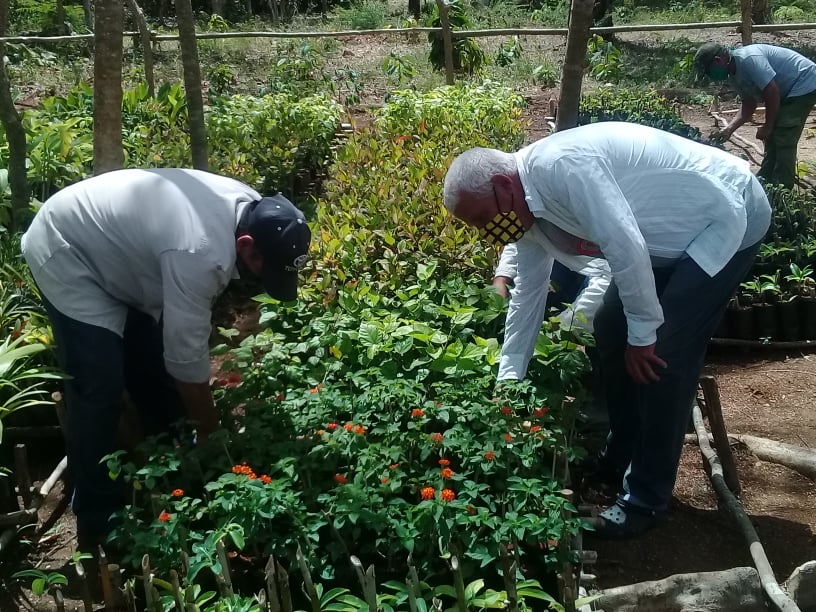
The recent constitution as a company provides greater autonomy to the governing body for the protection of flora and fauna in the province of Ciego de Ávila, in order to promote projects for the management and conservation of natural resources, linked to the Life Task, development of tourism and the Food Sovereignty and Nutrition Education Program.
Luis Antonio Alfaro Trujillo, provincial director of the Company for the Protection of Flora and Fauna, specified that as part of the institutionalization process and the actions aimed at promoting the socialist state enterprise, "on April 1st we became a company with 10 base business units (UEB by its Spanish initials), distributed mainly in territories located to the north and south of the province, with facilities for managing income and expenses”.
With the new structure, the maintenance of the areas located in Jardines del Rey and Jardines de la Reina national parks are kept as priorities; the Great Wetland of the North of Ciego de Ávila (GHNCA by its Spanish initials), which includes the municipalities of Chambas, Morón, Bolivia and Primero de Enero; as well as La Cocodrilera and la Loma de Cunagua and El Venero wildlife refuges, attached to the territory of Morón.
“We manage the central-east Cayo Coco ecological reserve and the dunes of Playa Pilar, as outstanding natural elements. We maintain the southern cays for specialized international tourism, mainly the modality of contemplative diving, and the study and conservation of species such as the jutía conguina (endemic specie from this place), the crocodile, the grouper (fish with an almost oval body and delicate meat) and the coral reef”, he explained.
In the GHNCA, the entity works with important reforestation, protection and environmental education projects, mainly aimed at protecting damaged ecosystems as a result of human action. “In addition to the fauna, represented there by threatened species (Cuban crane, parrot and catey), we have the mission of stopping the indiscriminate felling of trees because there are very rich areas with plants with more than 30 or 40 years that provide seeds.
"In the particular case of Loma de Cunagua," he said! We protect animals such as the partridge pigeon, the jutia and the deer, and species of flora such as the jiquí, ebony, cedar and sabicú, a typical representation of the semi-waste forest. Likewise, we have endemic orchids and others that are highly threatened, all of them subjected to study processes to guarantee their durability over time”.
The Company also assumes the protection of la Loma de Santa María, a site with great floristic values, located on the border with the Camagüey`s territory.
Three production UEBs, located in the municipalities of Morón (Turiguanó), Baraguá (Gaspar) and Primero de Enero (Pedro Ballester), contribute to ensuring the conservation of floristic and faunal species, including the development of the equine and cattle genetic pool, as one of the entity's social objects.
The Director of the Provincial Company for the Protection of Flora and Fauna emphasized that they promote the breeding of animals, to promote their conservation and pay tribute to local food and self-sufficiency programs, conceived as priorities for the country:
“Among the most outstanding projects, we have the development of the duck, with the aim of having some 100,000 specimens in the province (we started at the end of March with 5,000 ones); the early weaning of calves to promote livestock, rabbit breeding and hydroforming, in the municipality of Baraguá, to ensure the feeding of cattle and horses, through a production capacity of up to 16 tons.
“In the territory of Baraguá, we have a mini-industry for the manufacture of cheeses, where currently between 300 and 400 liters of goat and buffalo milk are processed, whose production should increase as a goat farming is developed with more than 2,600 animals that must yield up to 500 liters.
"It must be added the holding of 300 breeding sows and the expansion of capacities to incorporate another hundred of them, with the aim of helping to satisfy the demands for meat of the company's workers and the tourism sector, essentially," Alfaro Trujillo underlined.




